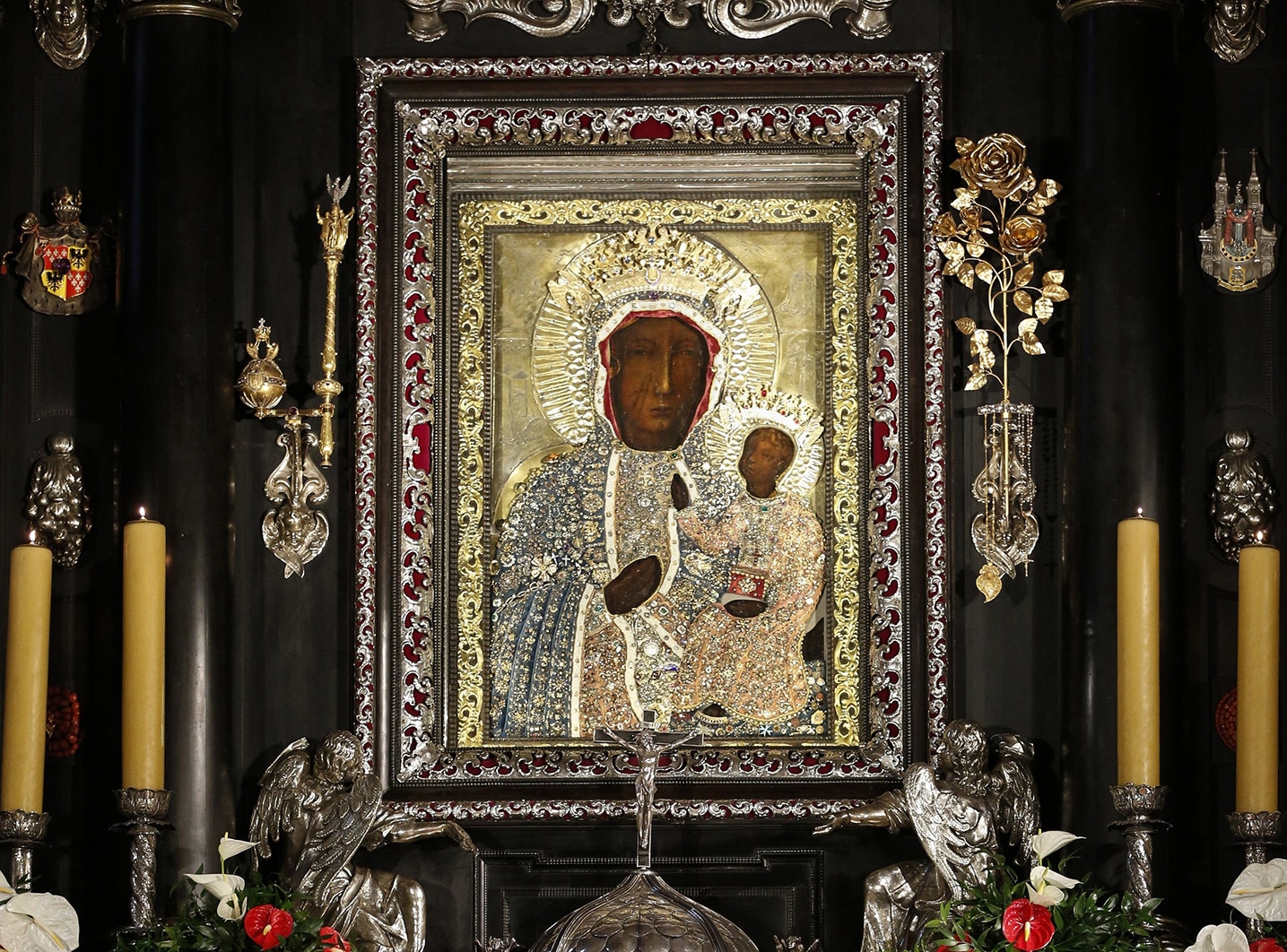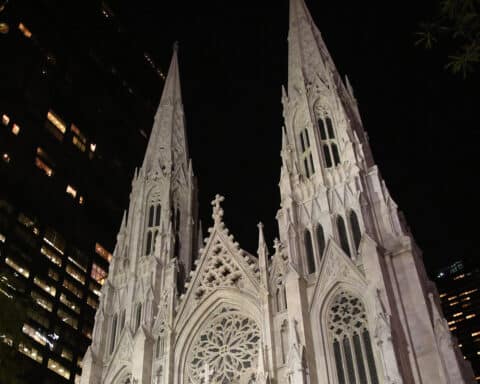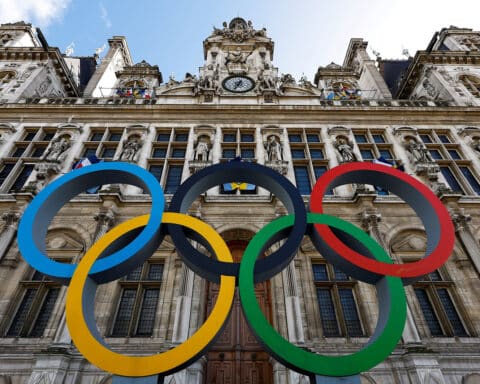CZESTOCHOWA, Poland (OSV News) — Each day at 9:00 p.m., numerous Poles become spiritually united through the prayer unique for the shrine of Jasna Góra. Dec. 8 marks the 70th anniversary of praying the Call of Jasna Góra daily at Poland’s most famous Marian shrine, home to the image of the Black Madonna of Czestochowa, to which many miracles have been attributed throughout the centuries.
The Call of Jasna Góra’s composition is intimately linked with Poland’s dramatic 20th century. Its pioneer was St. Józef Sebastian Pelczar, Bishop of Przemysl, who on May 21, 1910, decreed that the bells in his see ring for 15 minutes each day at 9:00 p.m. in union with the Blessed Virgin and in anticipation of the re-coronation of the image of the Black Madonna of Czestochowa.
Another major event in the prayer’s history is the miraculous salvation of Captain Wladyslaw Polesinski. A pilot, Polesinski heard an internal voice tell him to land during a test flight at exactly 9:00 p.m. in July 1930. After landing, his plane exploded. Upon returning home, Polesinski told his wife about his brush with death. Upon learning that this occurred at 9:00 p.m., she revealed to her husband that she had asked Mary to intercede for him at exactly that time.
Previously at loggerheads with God, Polesinski subsequently experienced a major conversion and founded the Cross and Sword organization of Catholic officers who would stop every day at 9:00 p.m. and pray to Mary.
During the darkness of the German-Soviet occupation of Poland — which claimed the lives of Polesinski, among many others — his prayer became popularized by Father Leon Cieslak, a Warsaw Pallottine, who clandestinely taught Polish university students and worked with the Sodality of Our Lady. He composed the words: “Mary, Queen of Poland, I am close to you, I remember you, I keep watch.” Since then, verses and music have been added.
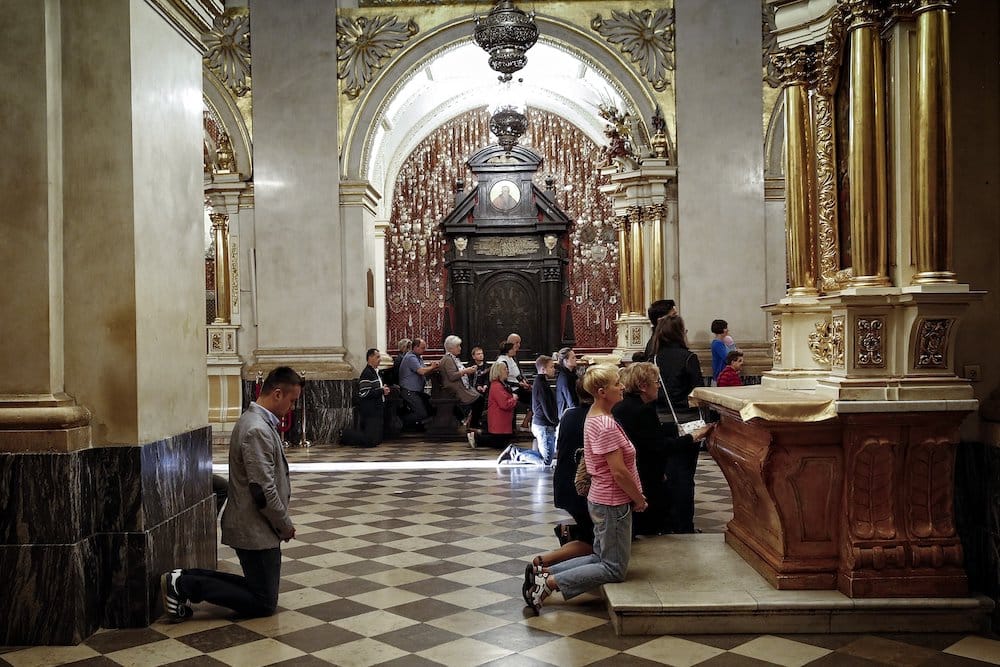
A popular prayer
It was under communist rule, however, that the call’s popularity exploded. The tradition of praying the Call of Jasna Góra at 9:00 p.m. each day at Poland’s most famous shrine dates to Dec. 8, 1953, when Polish pilgrims gathered in Czestochowa to pray for the release of Cardinal Stefan Wyszynski, Poland’s “Millennial Primate” who had been imprisoned in a then-publicly-undisclosed location for courageously speaking out against the abuses of the Stalinist regime. Providentially, on that day, the imprisoned cardinal made an Act of Personal Dedication to Our Lady; given the state of technology in 1953 and the fact that Poland was a police state that persecuted the Church, there was no way Wyszynski could have been aware of the fact.
St. John Paul II visited Jasna Góra on six occasions as pope. During these visits, he led the prayer and reflected on its importance. During his 1979 visit, he asked that every Polish family pauses to venerate Mary at 9:00 p.m. each day and reflected on the call’s words:
“How greatly these words correspond to the invitation which we hear so often in the Gospel: ‘Be watchful!’ By answering this invitation of Christ Himself we desire today, as every evening at the hour of the call of Jasna Gora, to say to Mary: ‘Mary, Queen of Poland, I am close to you, I remember you, I watch,'” he said during a historical first visit to Poland on June 5, 1979 — a visit believed to start the democratic changes in Poland and the fall of communism.
Although Poland today enjoys freedom, the Call of Jasna Góra remains popular. While a Marian prayer, it has a special focus on asking graces for Poland. At pilgrimages, retreats, and other Catholic events, Poles often pause at 9:00 p.m. to sing the prayer.
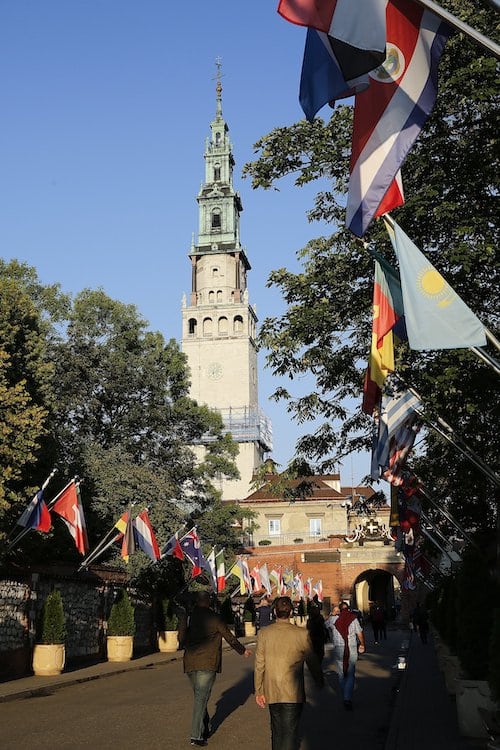
Praying online
Father Grzegorz Prus, a member of the Pauline order that runs Jasna Góra, Church historian, and the director of the Jasna Góra Marian Institute, told OSV News that thanks to the spread of technology on some days up to a million Catholics participate in it, as the prayer from Czestochowa is broadcast on radio, television, and the monastery’s YouTube channel.
“Every couple of months or so, I have the privilege to lead the call,” he said. “Many Paulines find this task challenging because they must compose something that is brief but relevant,” for the call’s reflections. He quoted the late Pauline Father Zachariasz Jablonski who said that he wrote reflections for the call with a Bible in one hand and a newspaper in the other so that they are relevant to the problems of the day.
Whereas social and political realities constantly change, the Black Madonna of Czestochowa will always be of central importance to Polish Catholics, the friar said.

